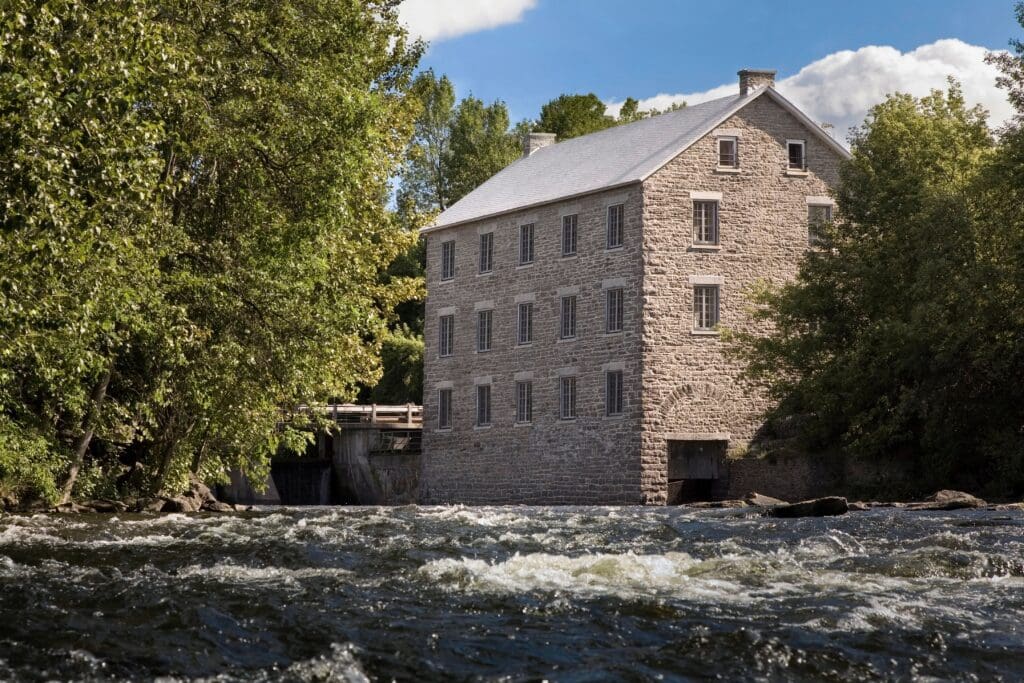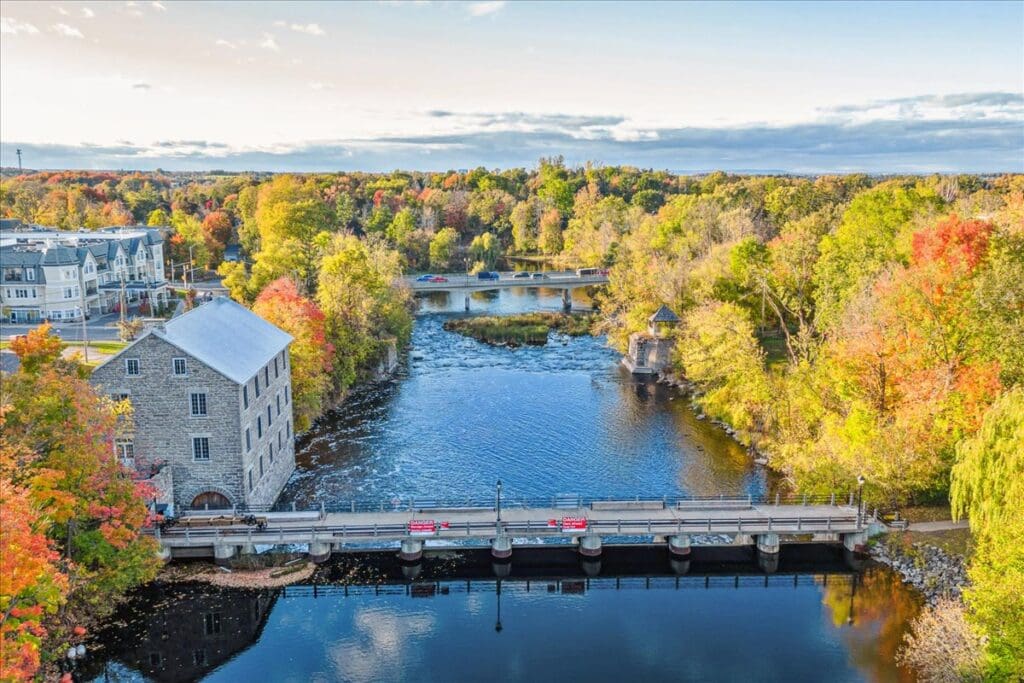
June 12, 2024 | Neighbourhoods
Does Ottawa Have Walkable Communities?
When considering a move to a new city, one of the critical factors for many homebuyers is the walkability of their future neighbourhood. Ottawa, the vibrant capital city of Canada, offers a unique blend of historic charm, urban sophistication, and suburban tranquility. But how walkable is Ottawa? Let’s delve into the various neighbourhoods and explore the walkability of this beautiful city.
Before diving into specific neighbourhoods, it’s important to understand what walkability entails. A walkable community is designed to enable residents to live comfortably without relying heavily on cars. Walkability is determined by several factors, including the proximity of amenities (such as grocery stores, schools, and parks), pedestrian-friendly infrastructure (sidewalks, crosswalks, and traffic calming measures), and the overall safety and aesthetics of the streets.
Walkable Neighbourhoods in Ottawa
ByWard Market
One of the most iconic and walkable neighbourhoods in Ottawa is ByWard Market. Known for its bustling streets, historic market, and vibrant nightlife, ByWard Market is a haven for those who prefer to explore their surroundings on foot. Here, you’ll find an array of boutiques, restaurants, cafes, and entertainment options within a short stroll. The neighbourhood’s well-maintained sidewalks and pedestrian zones make it easy and enjoyable to navigate. Plus, the proximity to major landmarks like Parliament Hill and the Rideau Canal adds to its appeal.
Buying a home for the first time? Explore these blogs for more helpful advice on financing.
- Am I Ready to Buy My First Home?
- Do I Need Good Credit to Buy a Home?
- How to Budget For Your First Year of Homeownership
Centretown
Centretown is another highly walkable area, offering a perfect blend of residential and commercial spaces. It’s home to numerous high-rise apartments and condos, making it a popular choice for young professionals and families alike. The streets are lined with a diverse selection of shops, eateries, and services, ensuring that residents have everything they need within walking distance. The neighbourhood’s connectivity is further enhanced by its excellent public transportation options, which include bus routes and light rail stations.
The Glebe
The Glebe is a charming neighbourhood known for its tree-lined streets, historic homes, and vibrant community spirit. It boasts a high walkability score due to the abundance of local businesses, parks, and recreational facilities. Residents can easily access Bank Street, the main commercial artery, which is dotted with boutiques, cafes, and specialty shops. The Glebe also hosts the famous Lansdowne Park, offering ample green space and a variety of events throughout the year. Whether you’re grabbing a coffee, shopping for fresh produce at the farmers’ market, or enjoying a leisurely stroll along the Rideau Canal, The Glebe has it all.
Westboro
Located to the west of downtown, Westboro is a trendy neighbourhood that has seen significant growth and development in recent years. It’s known for its eclectic mix of shops, restaurants, and outdoor activities. The heart of Westboro is Richmond Road, a vibrant strip that features everything from high-end fashion boutiques to cozy cafes. The neighbourhood’s walkability is enhanced by its close proximity to the Kichi Zībī Mīkan, providing residents with scenic walking and cycling paths. With a strong sense of community and a wide range of amenities, Westboro is a top choice for those seeking a walkable lifestyle.
Hintonburg
Hintonburg is a rapidly evolving neighborhood that attracts artists, young professionals, and families. Its walkability is one of its standout features, with a plethora of galleries, theaters, eateries, and boutiques within easy reach. The neighbourhood’s main thoroughfare, Wellington Street West, is a bustling hub of activity, offering everything from artisanal bakeries to vintage shops. Hintonburg’s commitment to pedestrian-friendly infrastructure, coupled with its vibrant arts scene, makes it a dynamic and walkable community.
Want to know more about Manotick – one of Ottawa’s top suburbs Check out these other blogs next!
- Retiring in an Ottawa Suburb: Why We Love Manotick!
- 5 Reasons Millennials Love Manotick
- Is Manotick the New Westboro? We think so!
Benefits of Walkable Communities
Better Health & Well-being
Living in a walkable community has numerous benefits for health and well-being. Walking is a low-impact form of exercise shown to improve mental health and increase overall fitness. In walkable neighbourhoods, residents are more likely to engage in regular physical activity simply because it’s a natural part of their daily routine.
Environmental Impact
Walkable communities contribute to a reduction in carbon emissions and environmental impact. By relying less on cars, residents reduce their carbon footprint and contribute to cleaner air and a healthier environment. This aligns with Ottawa’s commitment to sustainability and green living.
Economic Benefits
Walkability can also have positive economic impacts. Walkable neighbourhoods tend to have higher property values and attract more businesses, creating a thriving local economy. The presence of diverse shops, cafes, and services within walking distance fosters economic growth and supports local entrepreneurs.
Challenges & Future Developments
While Ottawa boasts many walkable neighbourhoods, there are still challenges to address. Some areas of the city, particularly in the suburbs, may lack the infrastructure or amenities needed for high walkability. However, the city is actively working on improving these areas through various urban planning initiatives.
Future developments in Ottawa aim to enhance walkability across the city. Projects such as expanding the light rail network (The O-Train), improving pedestrian infrastructure, and developing mixed-use communities are in the pipeline. These efforts will not only increase walkability but also contribute to the overall livability and sustainability of Ottawa.
Moving to Ottawa? Get in touch with us today to start your home-buying journey! Send us an email or call at 613-692-0606 to get in touch.

